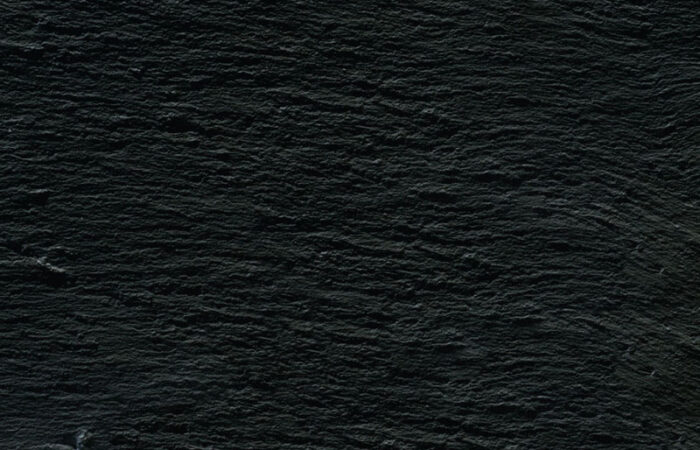Slate
A METAMORPHIC ROCK OF SEDIMENTARY ORIGIN
Slate is a metamorphic rock of sedimentary origin characterised by a particular resistance to atmospheric agents. It is believed that it was first used about two thousand two hundred years ago, in the area between the town of Lavagna and the Fontanabuona Valley in Liguria, northwest Italy, where a necropolis made entirely of this material was found.
Thanks to its low porosity and very low absorption values, slate is particularly resistant to frost. Because of this, it is widely used as a roofing material and as exterior skirting panels for houses and buildings. Another unique, distinguishing characteristic of this material is its fissility, or slaty cleavage, which means that, with just the aid of a blade, it can easily be split into parallel sheets. This technique is known as “splitting”, and results in very regular, uniform slabs, with high bending resistance and an extremely attractive, natural appearance. Slate also has a very low thermal expansion coefficient, which makes it extremely fire resistant and renders the slabs practically non-deformable.
Its impact resistance has made it particularly suitable for indoor and outdoor paving, stairs, doorways and portals as well as architectural and furnishing items. Thanks to its unique mechanical properties, it has been used to make billiard tables since 1826, when a London manufacturer replaced wooden table tops with slate slabs.

